1. McDonald’s Arch Deluxe
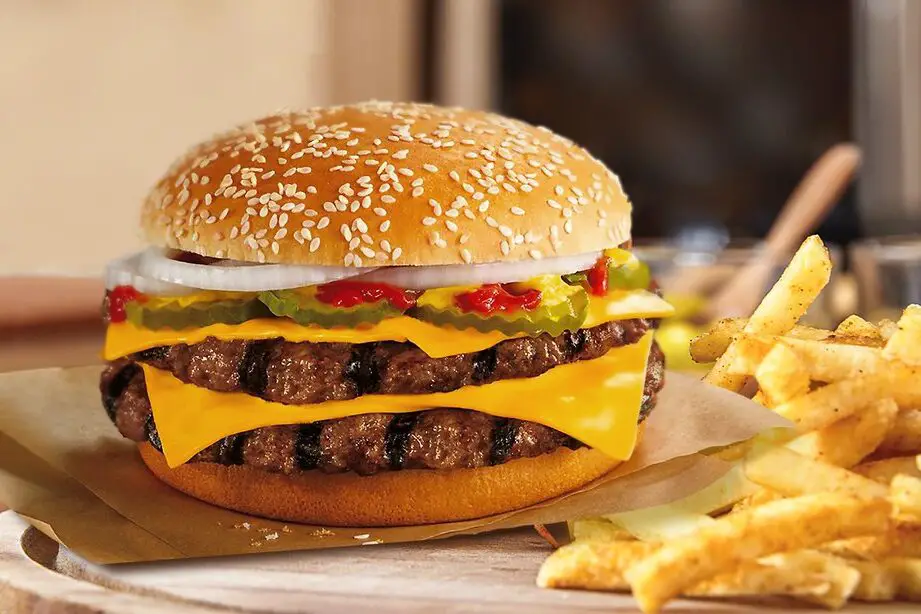
In the mid-’90s, McDonald’s tried to go upscale with the Arch Deluxe, a burger they called “the burger with grown-up taste.” It featured a fancy bun, peppered bacon, and a mustard-mayo sauce, and the company spent over $100 million marketing it. The idea was to reel in adults who might’ve outgrown Happy Meals. But here’s the thing, most people don’t go to McDonald’s for “sophisticated” food shares Chowhound.
Turns out, the average adult didn’t want to pay more for something that wasn’t all that different from a Quarter Pounder. Kids weren’t interested either, so families were confused about who this burger was even for. Sales flopped hard, and the whole campaign became a cautionary tale in trying too hard to rebrand. It quietly disappeared, but not before McDonald’s learned that you can’t force fancy on fast food adds Eat This Not That.
2. Burger King’s Satisfries
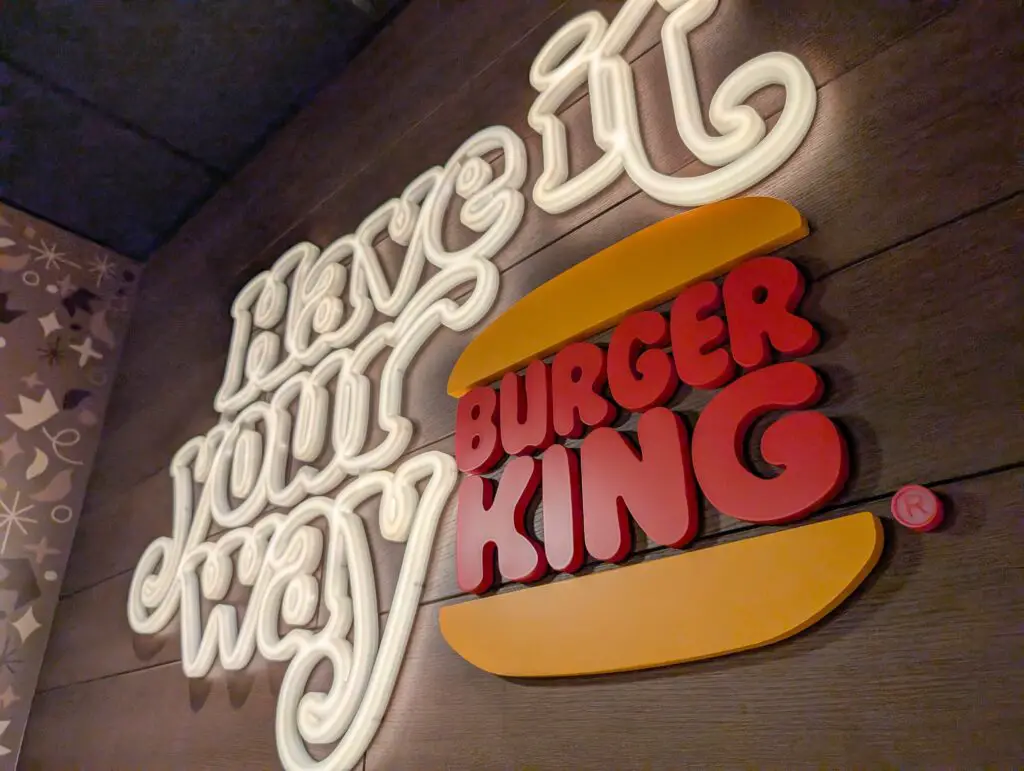
In 2013, Burger King decided to go “healthy” with Satisfries, a lower-calorie version of their regular fries. They had the same crinkle-cut look but were made with a special batter that supposedly absorbed less oil. They were even served in packaging that boasted about the calorie savings. It was a bold move, considering fries are usually the last thing anyone orders when they’re counting calories shares USA Today.
Customers were skeptical right away, and the price tag didn’t help. Satisfries cost more than regular fries, but didn’t really taste better, which is kind of a deal-breaker when it comes to comfort food. Within a year, most Burger King locations pulled them from the menu. People didn’t want diet fries, they just wanted good fries adds Los Angeles Times.
3. Taco Bell’s Bell Beefer
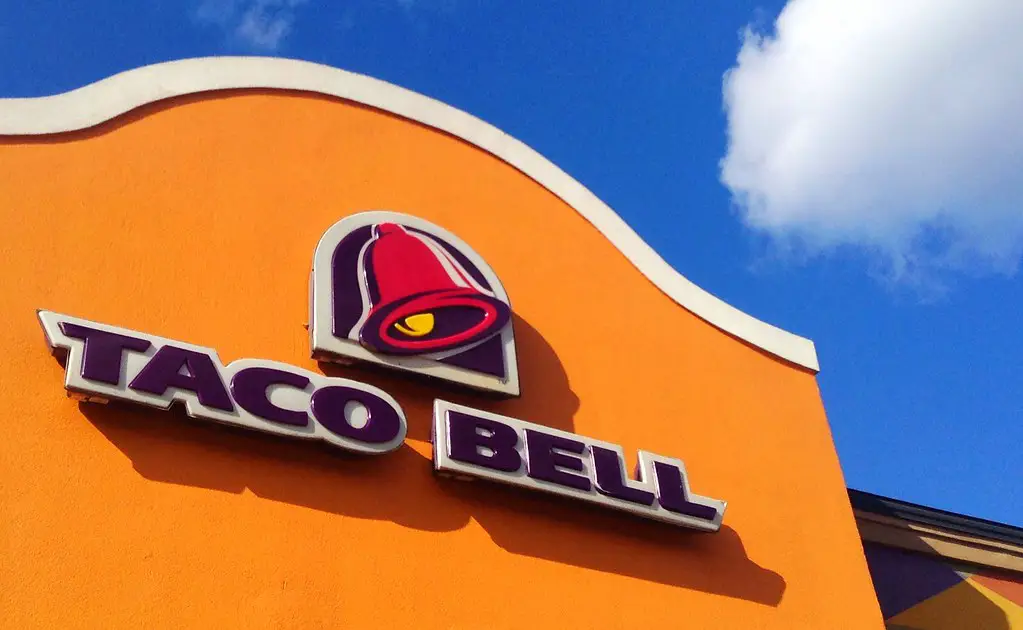
Back in the ’70s and ’80s, Taco Bell served something called the Bell Beefer, which was basically a sloppy joe made with taco meat. Imagine taco filling on a hamburger bun—no lettuce shell or tortilla in sight. It was messy, beefy, and kind of confusing. Fans of it swear it was delicious, but the general public wasn’t so sure.
It never quite fit the rest of Taco Bell’s vibe, and over time, sales dipped. Eventually it was phased out with little fanfare, but there’s still a small group online begging for its return. The truth is, it was one of those ideas that seemed fun in theory, but didn’t really stick. Taco Bell went back to what they do best—tacos and more tacos.
4. McDonald’s McDLT
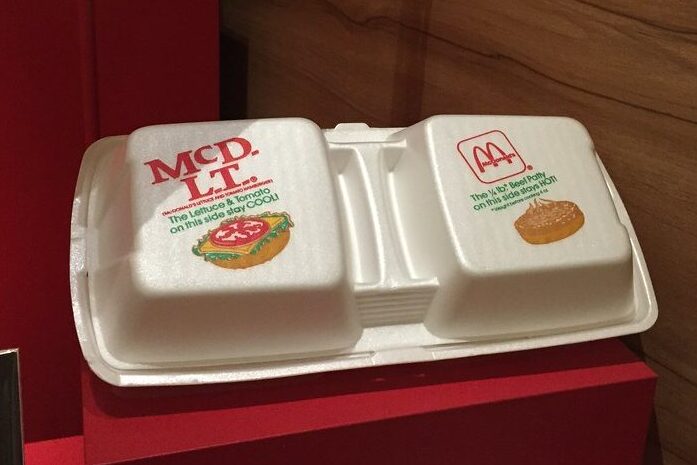
The McDLT was McDonald’s attempt to solve a problem nobody really had: how to keep the hot side hot and the cool side cool. It came in a double-sided Styrofoam container—hot burger patty on one side, lettuce and tomato on the other. You had to assemble it yourself, which, let’s face it, is the exact opposite of what you want from fast food. This was the ‘80s, and convenience was everything.
The packaging was bulky and environmentally unfriendly, and people weren’t thrilled about doing the work themselves. Plus, by the time you put it together, the whole point of keeping the temperatures separate kind of went out the window. McDonald’s eventually scrapped it in the early ‘90s as pressure grew to cut down on waste. Now it’s mostly remembered for a strange TV commercial featuring a very young Jason Alexander singing about it.
5. Wendy’s Superbar

In the late ‘80s and early ‘90s, Wendy’s introduced the Superbar, an all-you-can-eat buffet that included pasta, salad, and tacos. For around $3.99, it was a steal, and families especially loved it. But here’s the thing—buffets and fast food don’t mix well behind the scenes. They’re expensive to maintain, hard to keep clean, and staffing was a nightmare.
Customers made a mess, kids stuck their hands where they shouldn’t, and food waste was out of control. Even though some diners adored it, Wendy’s couldn’t keep up with the chaos. By the late ’90s, the Superbar quietly disappeared, and the chain went back to basics. Some fans still miss it, but most of us agree it was a bit too ambitious.
6. Pizza Hut’s Priazzo
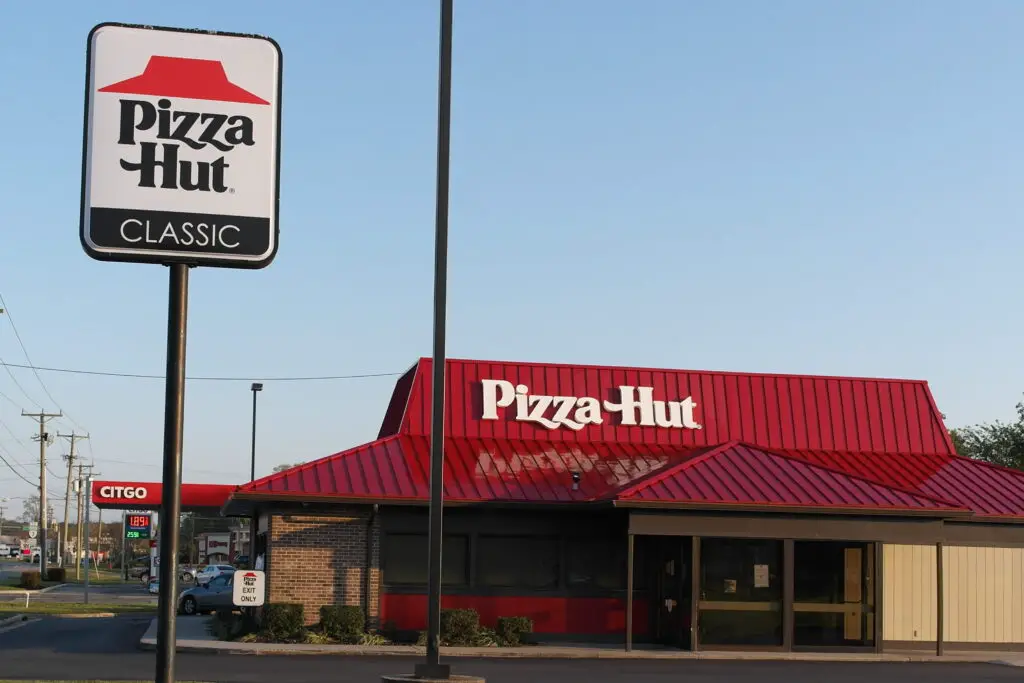
In the mid-’80s, Pizza Hut introduced the Priazzo, a deep-dish pie that was more like a pizza-lasagna hybrid. It was stuffed with layers of cheese, meats, and sauce, then baked until thick and gooey. It sounded amazing, and in theory, it was—until you had to wait over 30 minutes for it to cook. That kind of wait time just doesn’t vibe with the fast food model.
It was also incredibly heavy, even for pizza. People loved it the first time, but didn’t come back for it as often, which made it a tough sell long-term. Eventually, the prep time and complicated assembly led Pizza Hut to pull it from menus. The Priazzo lives on in online nostalgia forums, but it never found lasting success.
7. McDonald’s Hula Burger
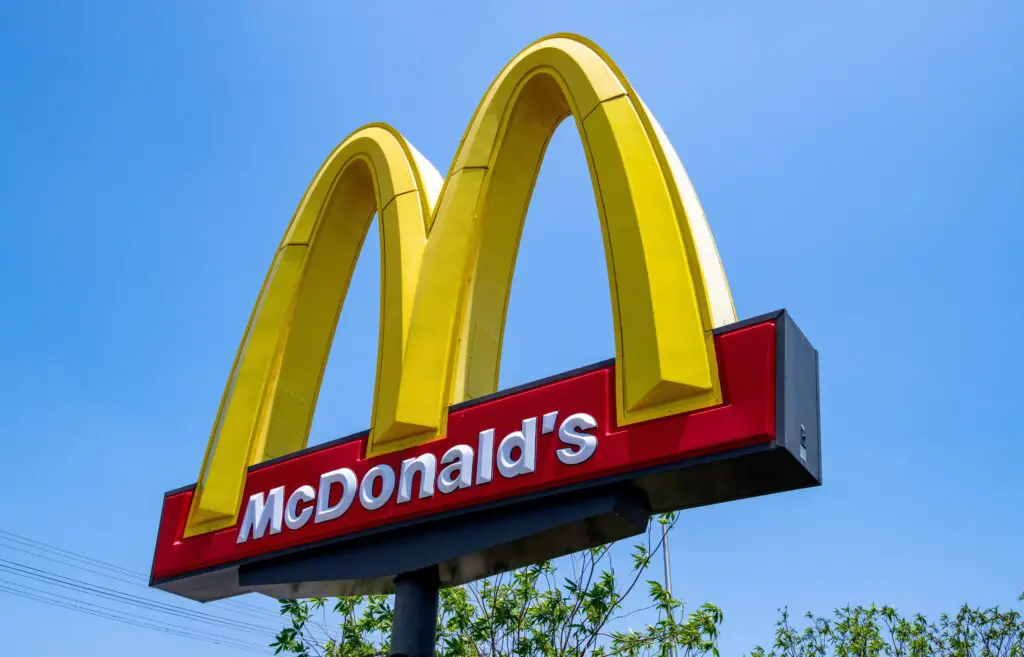
The Hula Burger might be one of McDonald’s weirdest missteps. In the 1960s, the company wanted a meatless option for Catholics during Lent, so they came up with this—grilled pineapple on a bun with cheese. That was it. No meat, just pineapple and cheese.
It was meant to compete with the Filet-O-Fish, but it lost that battle immediately. Customers were not impressed with the odd flavor combo, and the Hula Burger was pulled pretty fast. The Filet-O-Fish, on the other hand, became a mainstay. Safe to say, most people weren’t looking to bite into a hot pineapple sandwich.
8. Domino’s Oreo Dessert Pizza
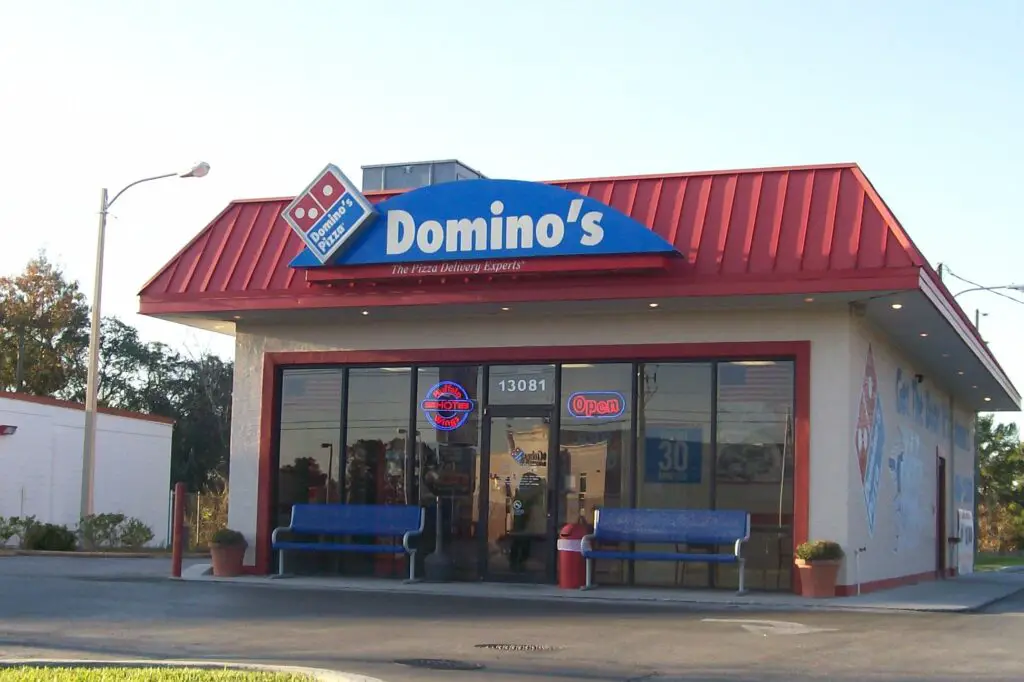
In the mid-2000s, Domino’s tried to make dessert more exciting with the Oreo Dessert Pizza. It was basically a thin crust covered in sweet icing and crumbled Oreo cookies. Sounds tasty, right? Well, maybe in theory.
In practice, it was overly sweet, kind of greasy, and felt like a sugar bomb nobody really needed after a heavy pizza. It also didn’t reheat well and made a mess in the box. Reviews were mixed, and after a short run, Domino’s ditched it quietly. Sometimes dessert is better left separate from your pizza order.
9. Burger King’s Halloween Whopper
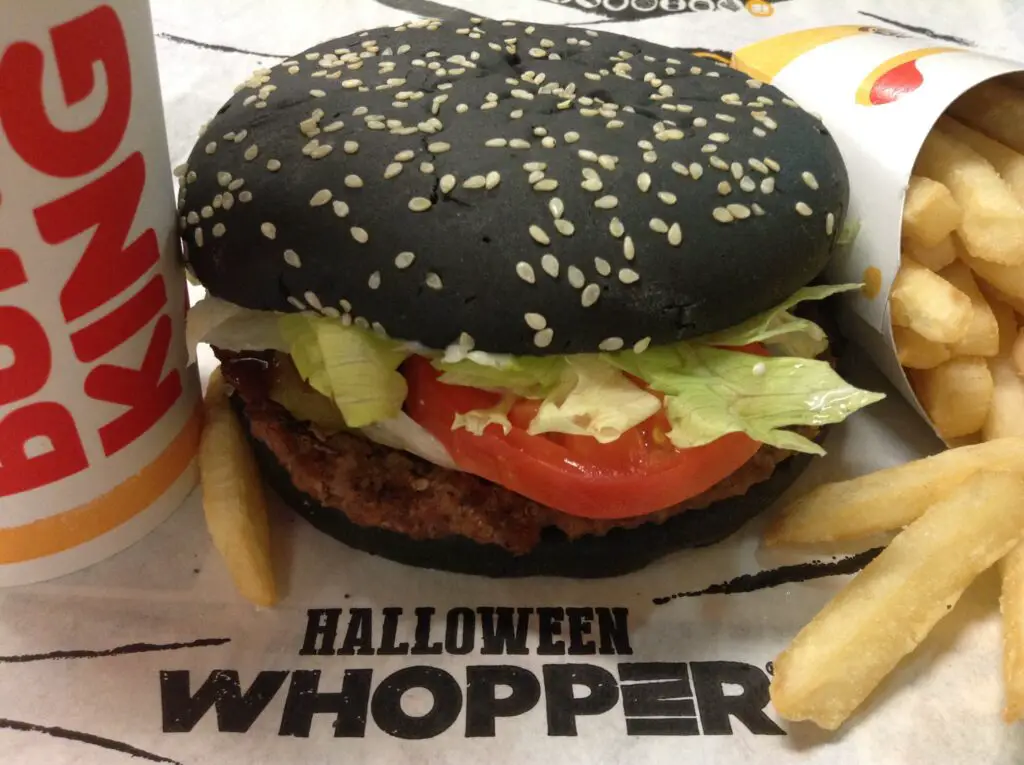
Burger King really went for shock value in 2015 when they released the Halloween Whopper. It had a black bun infused with A1 steak sauce, which looked spooky and cool in ads. People were definitely intrigued, and lines formed quickly to try it. But then came the side effect—everyone who ate it noticed a very strange color change… later.
Social media blew up with complaints that the black dye turned people’s bowel movements bright green. It was all anyone could talk about, and not in a good way. Sales dipped, and Burger King quickly backed off the idea. A memorable gimmick, for sure, but not exactly appetizing in the end.
10. KFC’s Double Down
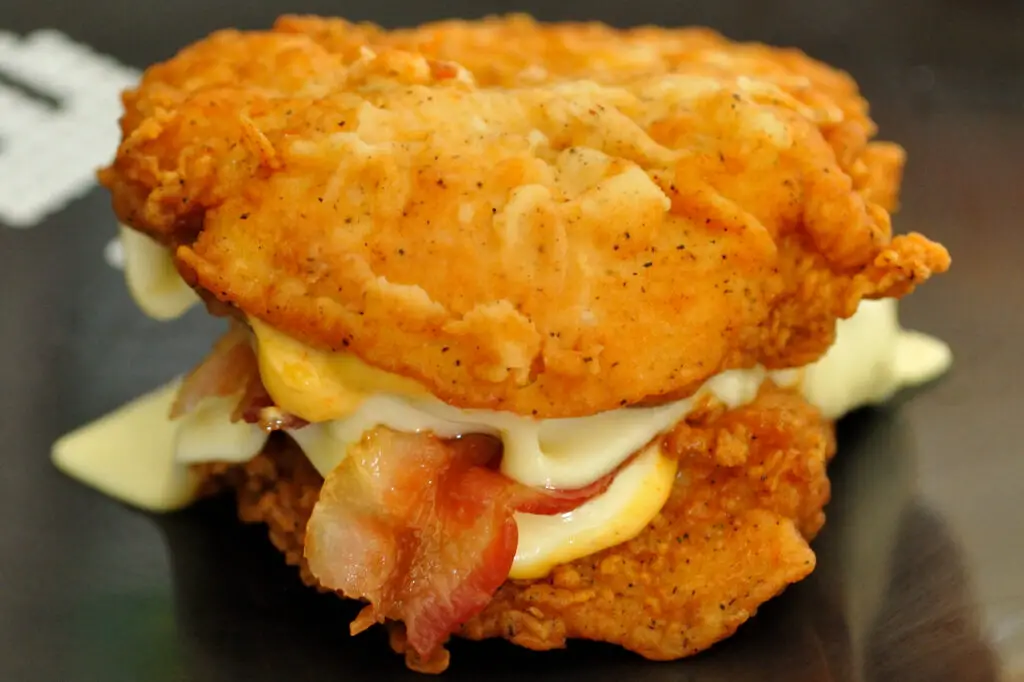
In 2010, KFC took fast food to wild new territory with the Double Down, a “sandwich” that replaced the bun with two fried chicken filets. In between was bacon, cheese, and sauce—no bread in sight. It looked like something from a dare, not a menu. Naturally, people were curious, and sales initially soared.
But most who tried it only did so once. It was salty, greasy, and nearly impossible to eat without a mess. Health experts weren’t thrilled either, with one calling it a “monument to gluttony.” KFC brought it back a few times since, but it’s clear the novelty wore off fast.
11. McDonald’s McSpaghetti
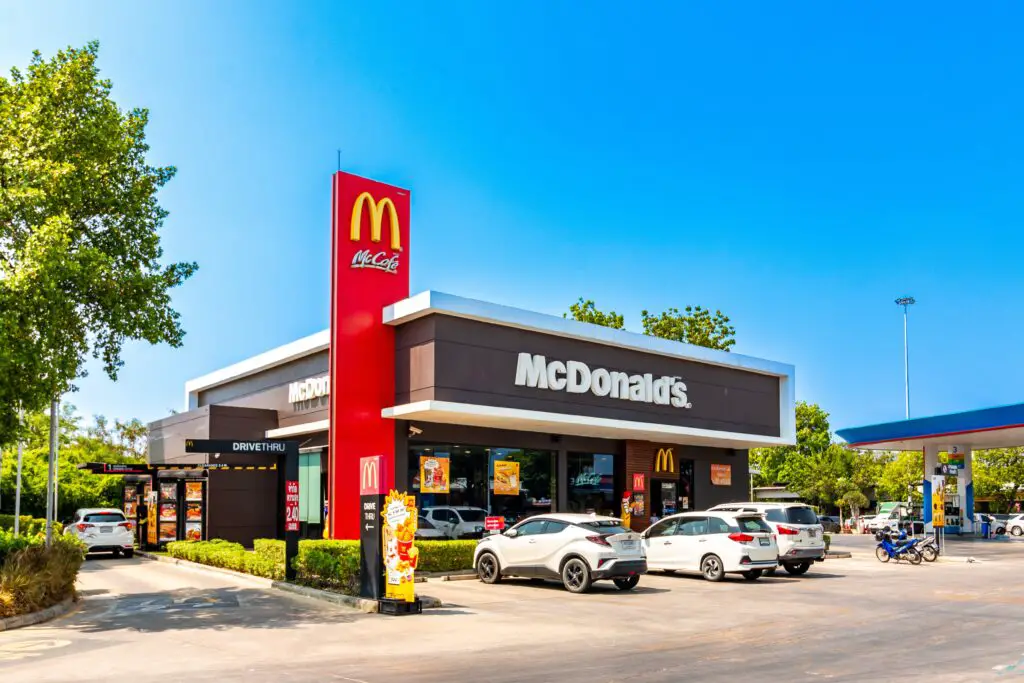
Yes, McDonald’s once tried to sell spaghetti. In the 1980s, they tested out McSpaghetti in select markets, trying to expand their menu with pasta dishes. It came with meat sauce, and sometimes garlic bread or meatballs, depending on the location. The idea was to compete with Italian casual dining, but it never really caught on.
Pasta just didn’t feel right coming out of a McDonald’s window. The texture was off, the sauce was forgettable, and it slowed down service. It stuck around in the Philippines, where it’s still popular, but most countries dropped it quickly. For many Americans, it’s one of those “wait, that was real?” moments.
12. Jack in the Box’s Bacon Milkshake
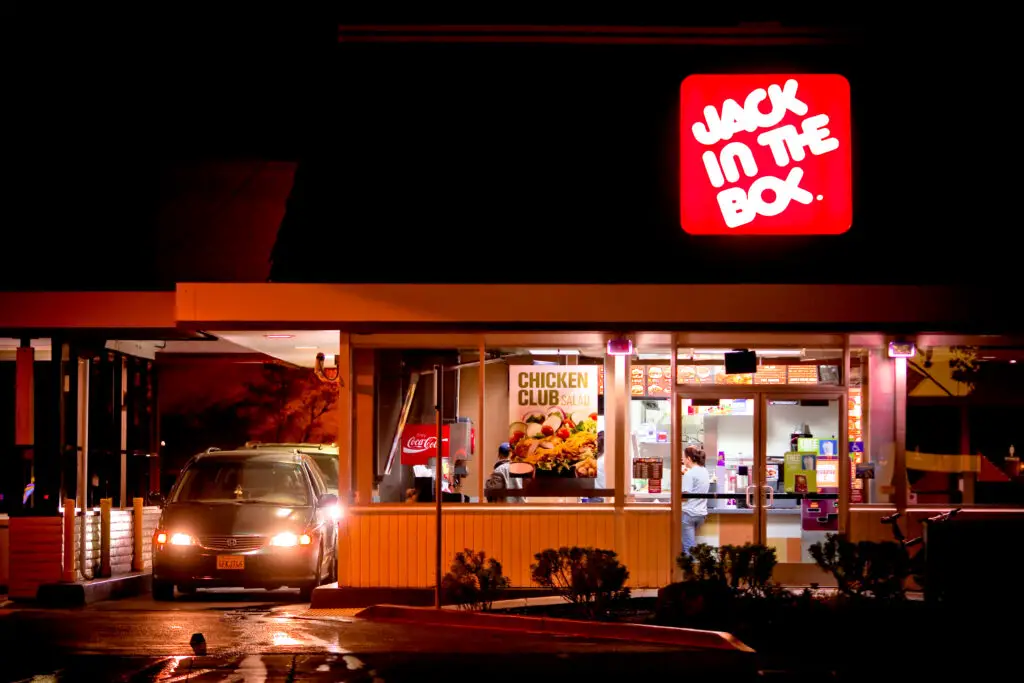
In 2012, Jack in the Box went full gimmick with a bacon-flavored milkshake. It was made with vanilla ice cream and bacon-flavored syrup, and somehow marketed as both hilarious and delicious. The internet loved the idea—for about five minutes. Then people actually tasted it.
Most found it grossly artificial, with a weirdly smoky aftertaste that didn’t mix well with the sweetness. It was meant to be tongue-in-cheek, but very few customers went back for seconds. Jack in the Box quietly pulled it off the menu, probably realizing that bacon doesn’t belong in everything. Sometimes viral ideas are best left on paper.
